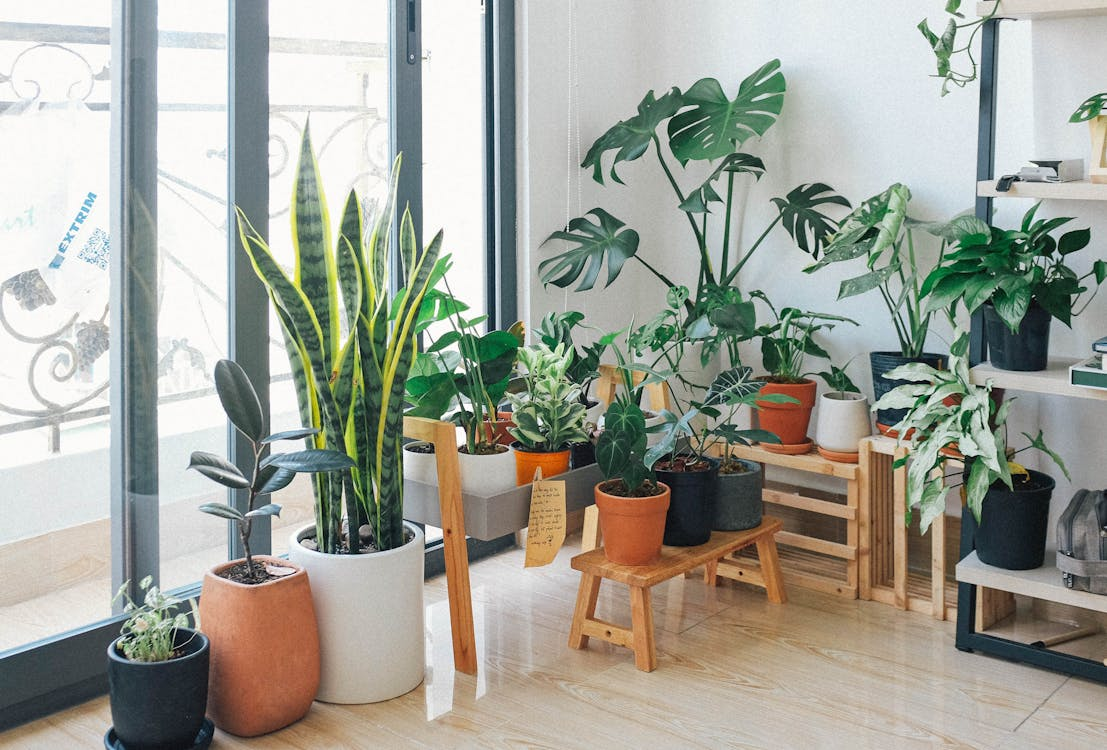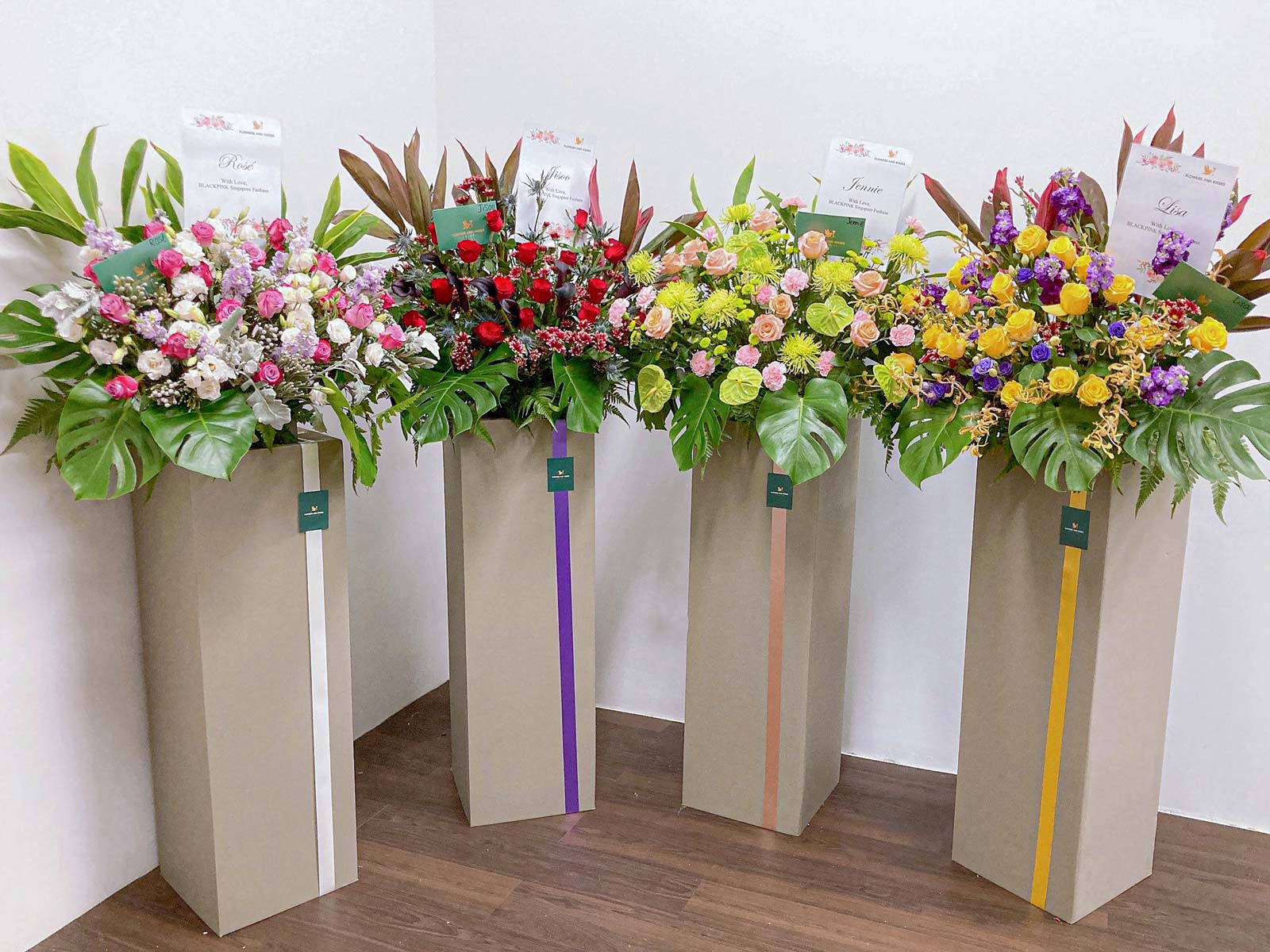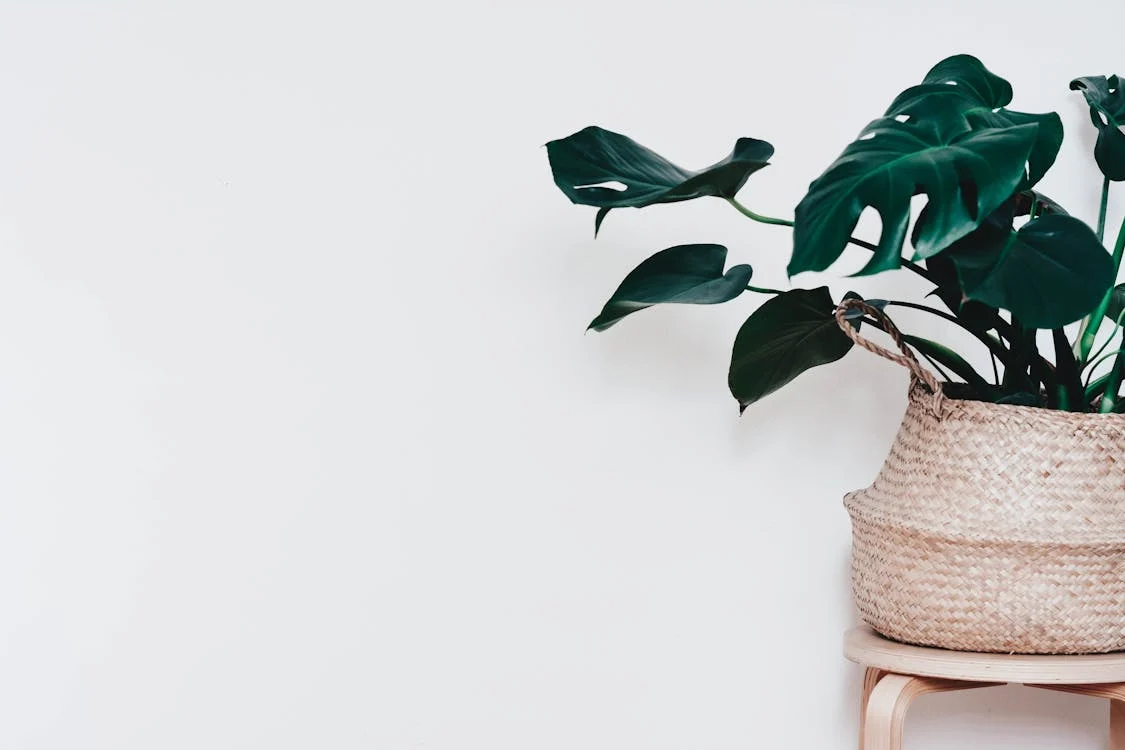The Monstera plant, with its iconic split leaves, has become a must-have for indoor plant enthusiasts. Its bold, tropical appearance and reputation as an easy-care plant make it a stylish yet practical addition to homes and offices. This guide is tailored to help you master Monstera plant care in Singapore’s tropical environment, ensuring your plant thrives in our unique climate.
What You Need to Know About Monstera Plants
Monsteras are native to the lush tropical rainforests of Central and South America, where they naturally climb trees and thrive in humid, shaded environments. Their distinctive large, fenestrated (split) leaves have earned them the nickname “Swiss Cheese Plant,” making them a standout addition to any indoor space.
Common Monstera Plant Varieties and How to Care For Them
|
Monstera Variety |
Key Features |
Care Requirements |
|
Monstera Deliciosa |
Large, glossy leaves with elegant fenestrations |
Bright, indirect light; moderate watering; adapts to standard humidity |
|
Monstera Adansonii |
Smaller leaves with intricate fenestrations |
Medium to high humidity; evenly moist soil; thrives on moss poles or hanging baskets |
|
Monstera Obliqua |
Ultra-thin, skeletal leaves with extreme fenestrations |
High humidity (70%+); bright, filtered light; frequent, light watering |
|
Monstera Pinnatipartita |
Deeply split, palm-like leaves |
Bright, indirect light; slightly higher humidity; regular but moderate watering |
|
Monstera Peru |
Thick, textured leaves |
Medium to bright indirect light; less frequent watering; standard indoor humidity |
|
Monstera Siltepecana |
Lance-shaped, silvery leaves |
Bright, indirect light; moderate watering with soil allowed to dry between sessions; benefits from climbing support |
|
Variegated Monsteras |
White or cream-coloured variegation |
Bright, indirect light; high humidity; well-draining soil to prevent overwatering and browning of variegated sections |
Understanding the differences between Monstera varieties ensures you select a plant that suits your space, lifestyle, and level of care expertise, whether it’s the hardy Deliciosa or the delicate Obliqua.
Monstera Deliciosa is the most recognised variety, celebrated for its large, glossy leaves adorned with elegant fenestrations that develop as the plant matures. This hardy plant thrives in bright, indirect sunlight but can tolerate low-light conditions, making it ideal for various indoor settings.
While it prefers higher humidity, it adapts well to standard indoor environments, requiring only moderate watering once the topsoil feels dry. Its low-maintenance nature and dramatic appearance make it a favourite among plant enthusiasts.
Smaller than Deliciosa, Monstera Adansonii is distinguished by its more frequent and intricate fenestrations. Known as the Swiss Cheese Vine, it is highly versatile and can be grown as a trailing or climbing plant. This variety thrives when placed on moss poles or in hanging baskets, adding a touch of greenery to vertical spaces.
Ensure your Swiss Cheese Plant is watered when the top inch of soil feels dry. Keep the soil evenly moist but avoid soaking it, as overly wet conditions can harm the roots. Medium to high humidity levels will help maintain its vibrant, healthy foliage.
Monstera Obliqua is one of the rarest and most delicate varieties, coveted for its ultra-thin, skeletal leaves with extreme fenestrations. Like many indoor plants, this variant of Monstera requires a highly controlled environment with humidity levels above 70% and consistent temperatures.
Frequent but light watering is necessary to avoid over-saturation. This variety thrives in bright, filtered light and is best suited for experienced plant owners who can meet its exacting care needs.
Monstera Pinnatipartita stands out with its large, deeply split leaves that resemble the structure of palm fronds as it matures. This variety requires bright, indirect light to encourage the development of its characteristic leaf splits. It prefers slightly higher humidity and needs regular but moderate watering to maintain its growth. Its unique leaf shape makes it a visually striking choice for indoor collections.
Monstera Peru is known for its thick, leathery leaves featuring a unique textured surface. This hardy variety thrives in medium to bright indirect light and requires less frequent watering due to its robust leaf structure. It adapts well to standard indoor humidity, making it an excellent option for those seeking a low-maintenance yet visually interesting plant.
Monstera Siltepecana showcases lance-shaped leaves with silvery accents that transition to fenestrations as the plant matures. It grows well in bright, indirect light but can tolerate lower light levels. Moderate watering is key; allow the soil to dry out slightly between waterings. This variety benefits from climbing support, such as a moss pole, to showcase its trailing or climbing growth habit.
Variegated Monsteras, including Monstera Albo and Thai Constellation, are prized for their striking white or cream-coloured patterns on the leaves. These rare and often expensive varieties require bright, indirect light to maintain their variegation, as insufficient light can cause reversion to green. They prefer higher humidity levels and well-draining soil to prevent overwatering, which can lead to browning of the white sections.
Tips for Choosing the Right Monstera for Your Space
- Lighting: Variegated Monsteras need more light, while Adansonii and Siltepecana are better suited for medium to low light.
- Humidity: Rare varieties like Obliqua or Pinnatipartita require higher humidity, while Deliciosa and Peru adapt well to typical indoor conditions.
- Space: Opt for smaller varieties like Adansonii or Siltepecana for compact spaces, and go for larger species like Deliciosa for open areas.
- Care level: Deliciosa and Peru are beginner-friendly, while rare varieties like Obliqua demand extra attention.
Benefits of Having a Monstera Plant Indoors

- Air purification: Monsteras are natural air purifiers, filtering out toxins and improving indoor air quality.
- Feng Shui symbolism: In Feng Shui, Monsteras symbolise vitality, growth, and positive energy, making them ideal for homes and offices. To maximise their Feng Shui benefits, place Monsteras near windows or entrances to invite good energy into your space. Pair them with decorative pots in earthy or vibrant colours to enhance their aesthetic and symbolic appeal.
- Aesthetic appeal: The bold, tropical look of Monstera leaves instantly elevates indoor spaces, adding a touch of greenery and sophistication.
- Easy maintenance: Most Monstera varieties are low-maintenance, making them ideal for both beginners and seasoned plant enthusiasts.
Common Issues and Care Tips for Monstera Plants
- Cause: Overwatering
- Care tips: Let the soil dry out between waterings and ensure proper drainage
- Cause: Low humidity or inconsistent watering
- Care tips: Increase humidity by misting or using a humidifier and maintain a consistent watering schedule
- Cause: Underwatering or lack of light
- Care tips: Water the plant thoroughly and move it to a spot with brighter, indirect light
- Cause: Insufficient light
- Care tips: Place the plant in a brighter location with indirect sunlight
Ideal Indoor Placement Tips
- Living rooms: Larger Monsteras like Deliciosa make bold statement pieces when placed in corners, adding a touch of tropical elegance to spacious areas.
- Bedrooms: Compact varieties such as Monstera Peru or Siltepecana are perfect for bedside tables or shelves, bringing a calming green presence to restful spaces.
- Bathrooms: Humid environments with filtered light, such as bathrooms, are ideal for varieties like Monstera Adansonii, which thrive in higher moisture conditions.
- Offices: Small Monsteras can brighten up desks or shelves, adding a fresh and tropical vibe to your workspace without taking up too much space.
Wrapping Up: Your Journey with Monstera Care
Caring for a Monstera plant is a rewarding experience that combines beauty, ease, and versatility. Whether you’re a beginner or a seasoned plant enthusiast, Monsteras offer the perfect blend of aesthetic appeal and low-maintenance care.
With proper watering, lighting, and placement, your Monstera will thrive, transforming your home or office into a lush, tropical sanctuary.
Frequently Asked Questions About Monstera Plant Care
Yes, Monsteras can tolerate low light, but they grow slower and may develop smaller leaves in such conditions. For optimal growth and healthier foliage, place your Monstera in bright, indirect sunlight.
Propagation is simple! Cut a stem just below a node (a small bump where roots can grow) and place it in water or moist soil. Ensure the node is submerged, and roots will begin to develop in a few weeks. Once the roots are established, transfer the cutting to a pot with well-draining soil.
Unfortunately, Monsteras are not safe for pets. They contain calcium oxalates, which can cause irritation if ingested. To keep your furry friends safe, place your Monstera out of their reach. For pet owners, Flowers and Kisses offers a selection of pet-friendly plants that are both safe and stylish, ensuring a harmonious home for you and your animals.



